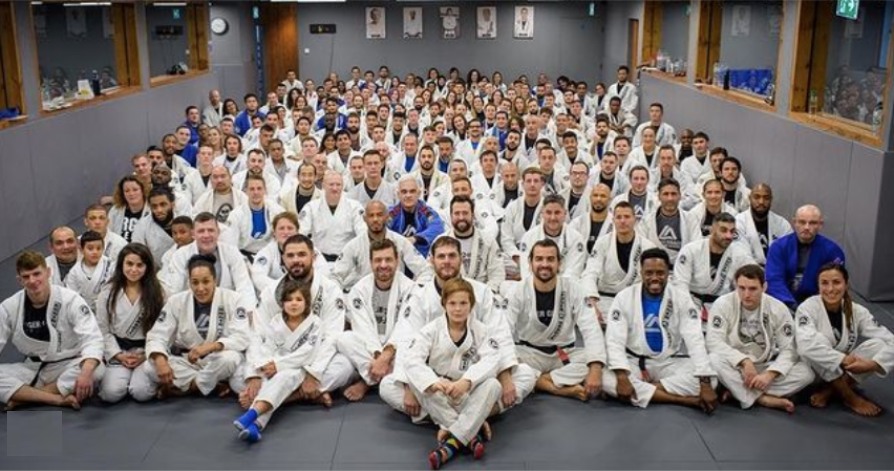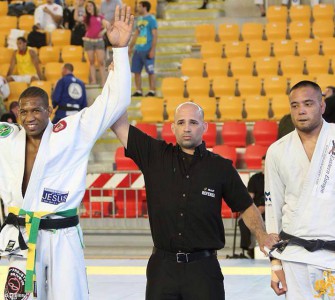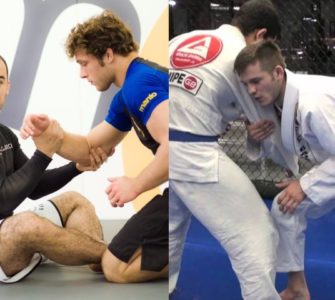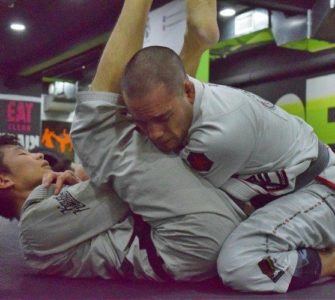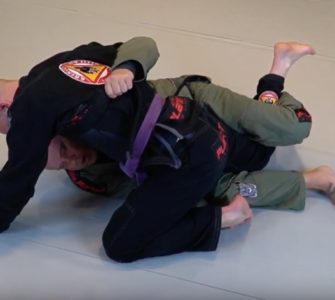Most Jiu Jitsu gyms agree that it’s pretty important to have a good culture. And while gyms may differ on exactly what “good culture” looks like, one thing that most agree on is that it doesn’t include their newbies and less skilled members feeling unsafe when rolling with stronger or more experienced members of the gym.
There are some exceptions to this: at some more competitively oriented gyms, winning is prioritized over all else and those who can’t hang are labeled as soft. Fair enough.
But for those of us who want to build programs that allow non-competitive athletes to grow in a safe environment, maintaining a culture of safety becomes more and more difficult as the business grows. Once a gym has more than 15 or 20 students, it’s no longer possible for the coach to be there for every interaction between students and to enforce or moderate when things become unsafe.
When students who are less skilled, strong, or experienced feel unsafe rolling with other students, it creates a culture of fear and reflects poorly on leadership. And, like it or not, any behavior that is allowed to go on in your gym (especially by upper belts) implicitly carries your stamp of approval as the instructor or owner, even if you personally would never condone it.
Furthermore, when a power disparity exists (whether physical, emotional, or due to belt rank) and the student feels unsafe, expecting them to directly stand up to the abuser or tell the coaching staff is unreasonable–even if you have the nicest and most understanding staff in the world.
Here’s why.
Many students are at your gym because they are developing the ability to stand up to “bullies” (or even just confront difficult issues) in an environment they expect to be safe for them to learn in. But developing that skill is a big task that takes a long time.
While you and I may know you’re going to respond reasonably to their complaint and be protective of the culture you’ve worked so hard to build, the power disparity between you and your student makes it very difficult for them to approach you directly. And if the offending student was of a higher rank, the victim very likely assumes you condone that type of behavior anyway.
As a result, when a student feels unsafe or is actually injured by an unsafe practice, they are far more likely to reorganize their perception of the gym culture as “dangerous” and quit training or find a new gym than to go directly to the head instructor and risk an uncomfortable confrontation.
So what’s the solution?
One easy solution is to hang a sign at the gym with a QR code linking to an anonymous feedback form on your website (or even just a Google form) and encourage students to provide anonymous feedback, especially regarding things that make them feel uncomfortable or unsafe.
A physical comment box is a bad idea because it doesn’t allow for anonymity. Requiring personal information on the form such as the student’s name or email address also defeats the purpose, so please don’t do that.
And here’s the thing.
You might get a lot of subjective feedback, like “Why don’t we have this or that in the gym,” or “What about X class time,” but you’re also going to signal to your members that you genuinely care about their safety and well being and are committed to maintaining the great culture of the gym.
Wouldn’t you rather open that line of communication?

